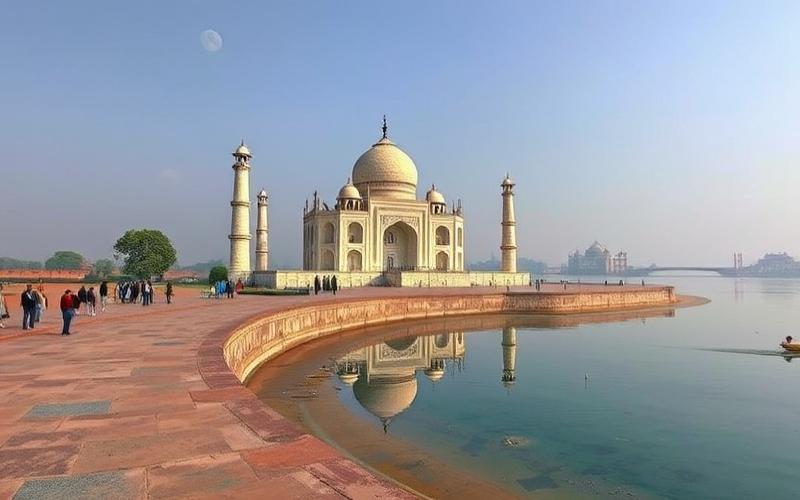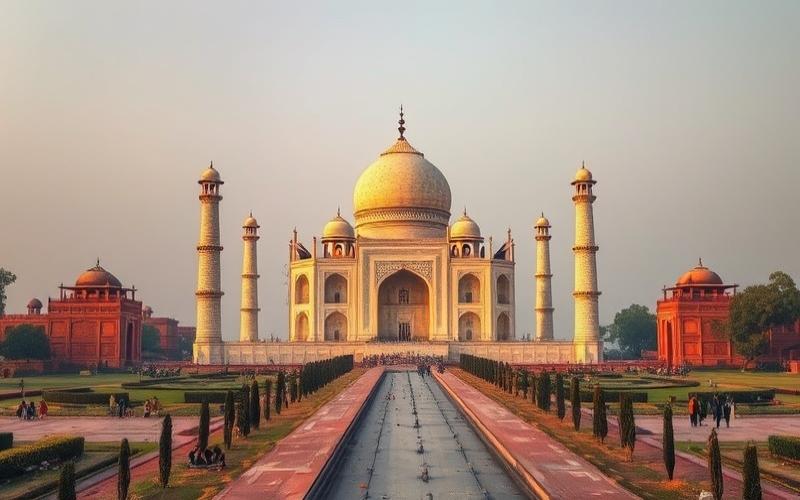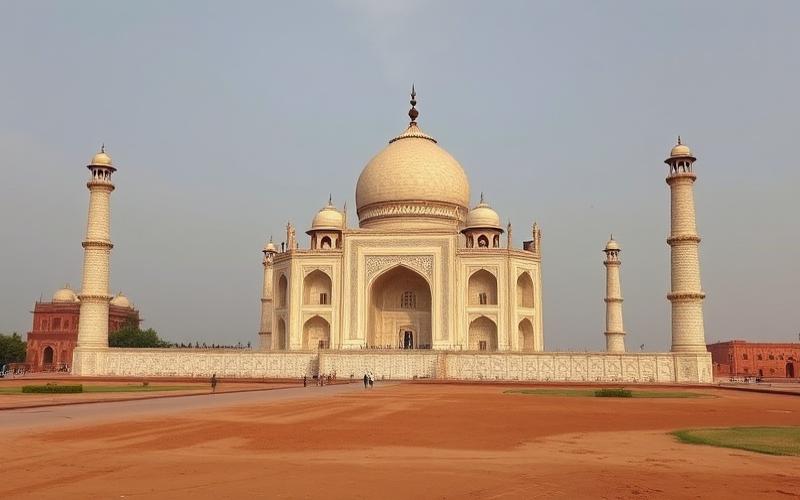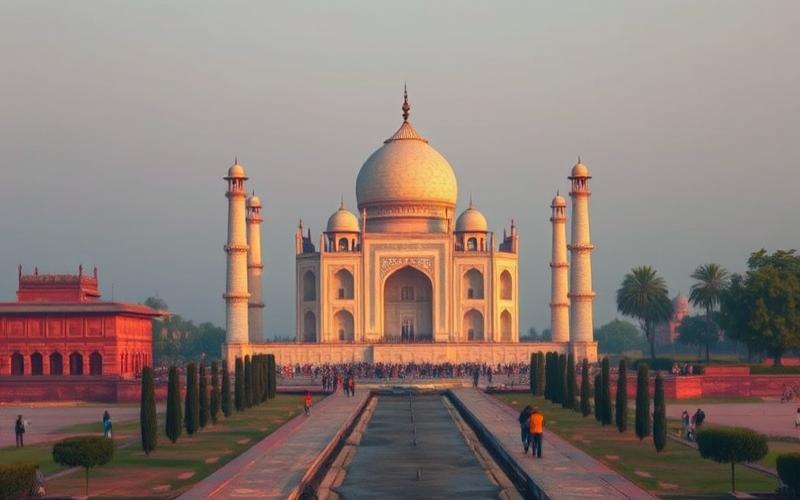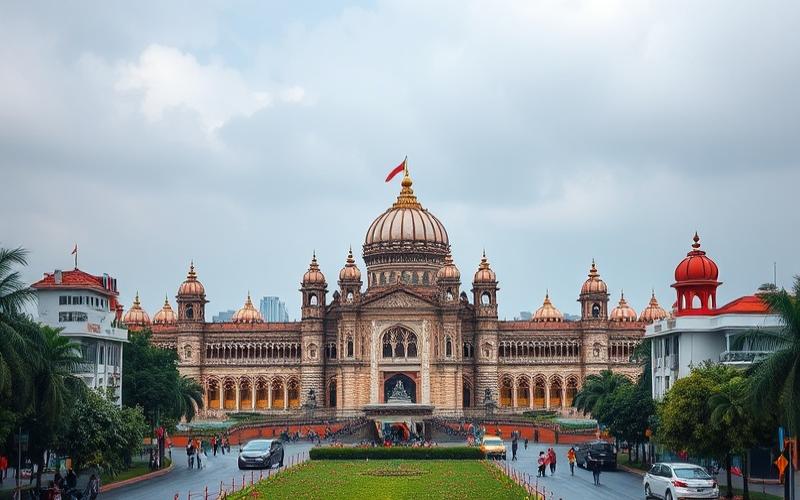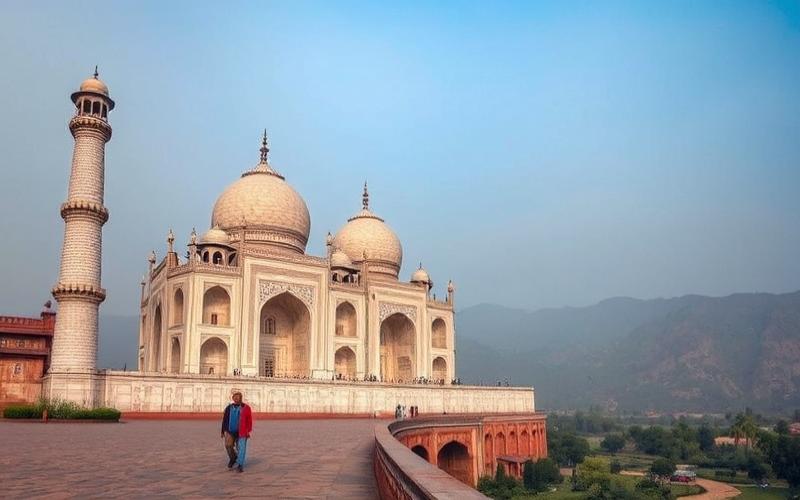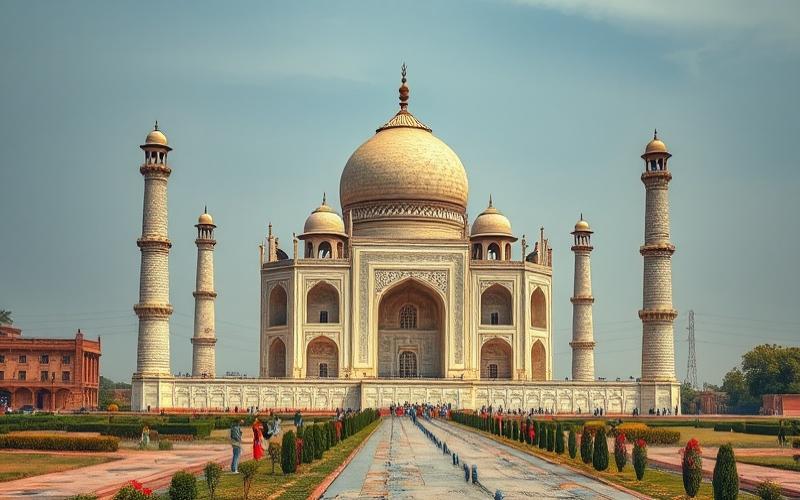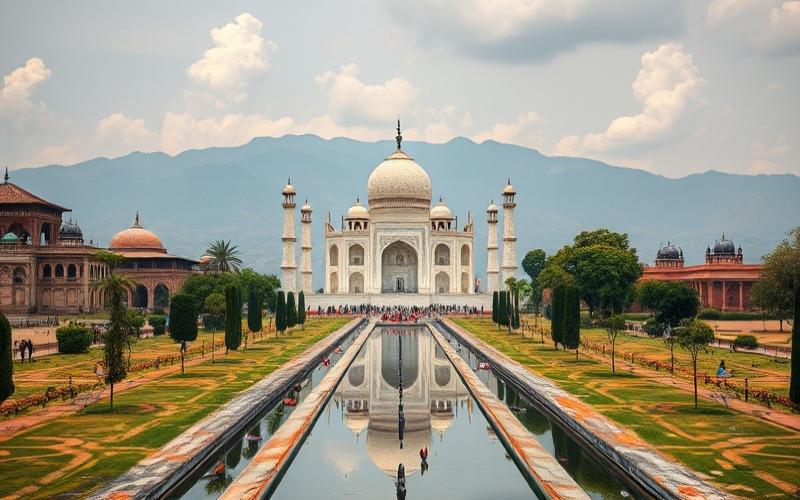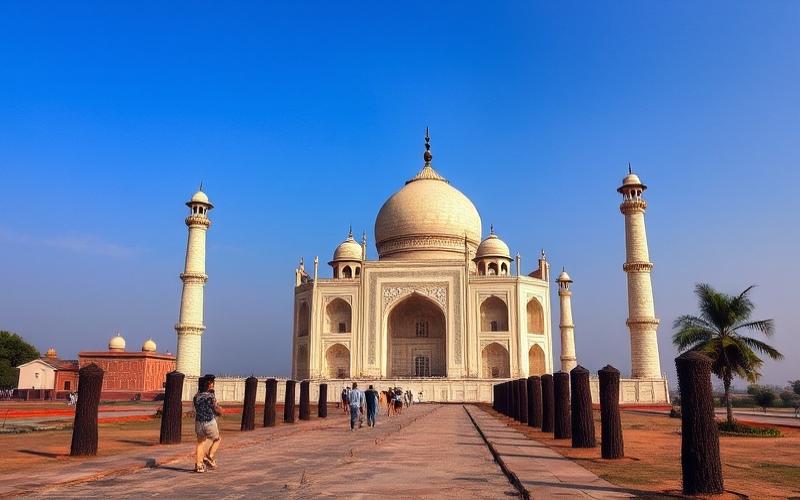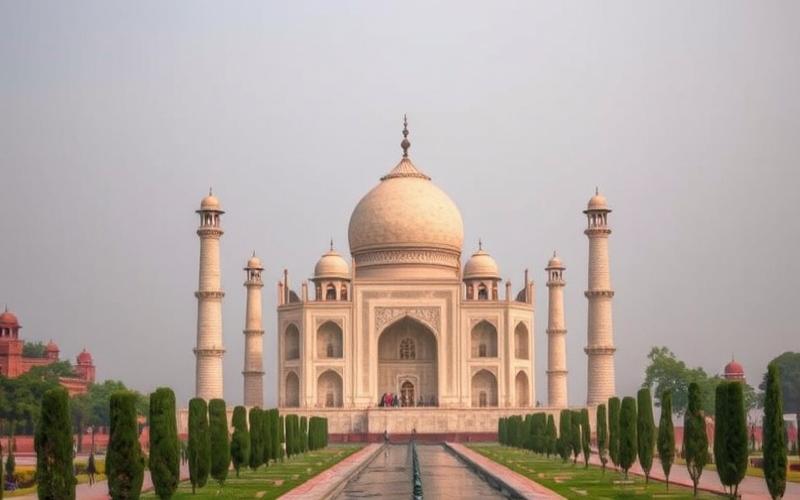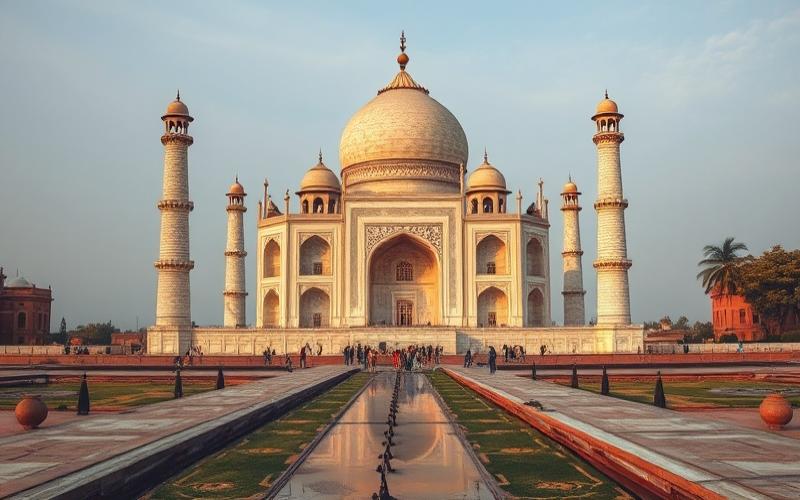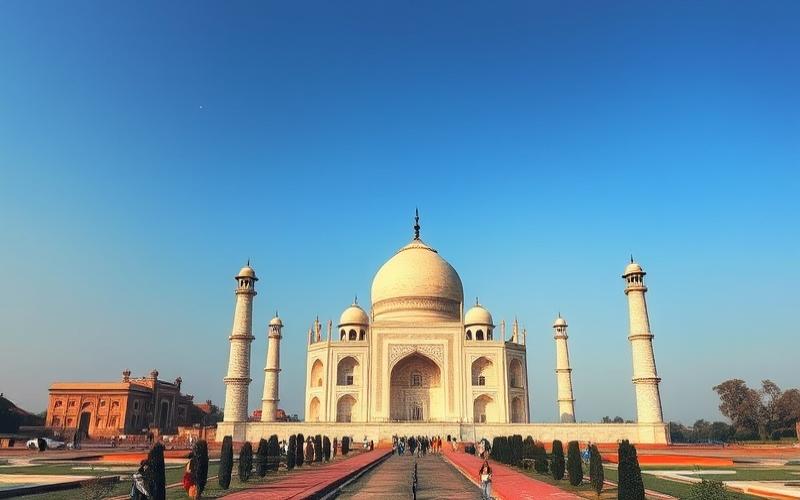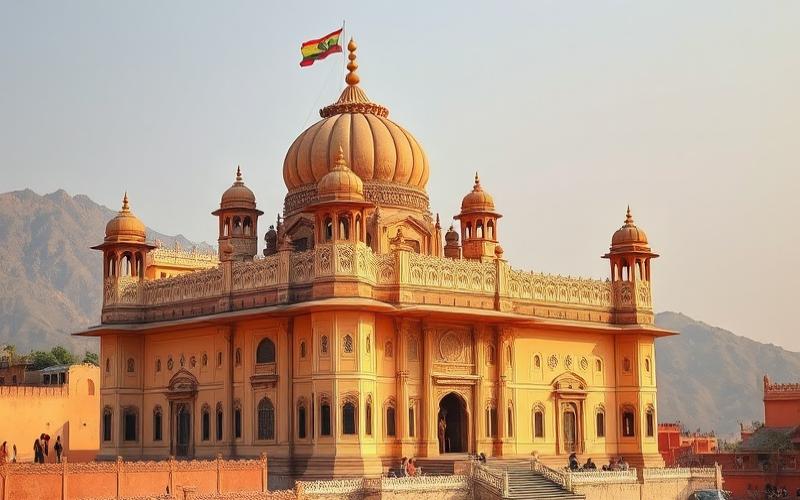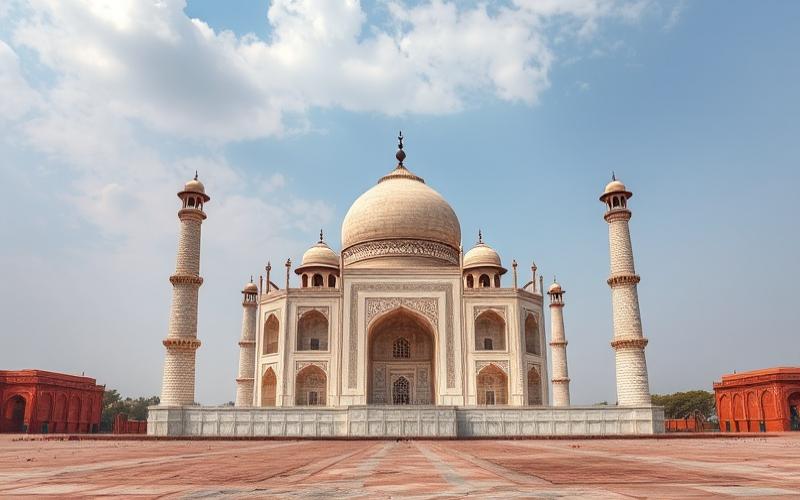
 Published on and written by Cyril Jarnias
Published on and written by Cyril Jarnias
Importing vehicles into India can be a complex process, but understanding the essential steps can greatly facilitate this task. As the country continues to open up to the global market, many individuals and businesses wish to bring in vehicles for various reasons, ranging from personal use to commercial expansion.
In this article, we will explore the key regulations to follow, the necessary documents for smooth customs clearance, and the associated fees for importing, along with some practical tips to successfully navigate the administrative procedures.
The goal is to provide a clear roadmap to guide those considering importing a vehicle into India, while highlighting potential challenges and best practices to overcome them.
Customs Procedures for Importing a Car into India
Essential Steps for Importing a Car into India
- Selecting a vehicle compliant with Indian standards (emissions, safety, right-hand drive).
- Obtaining mandatory documents.
- Submitting a customs declaration, verification by authorities, calculating and paying duties and taxes.
- Customs clearance and vehicle retrieval.
Required Documents
- Vehicle compliance certificate.
- Title of ownership (registration certificate).
- Commercial invoice and packing list.
- Certificate of origin.
- Inspection certificate.
- International insurance or valid insurance certificate for India.
- International driving permit and national driver’s license.
- Import license (for certain vehicles).
- Duly filled customs declaration form.
Import Taxes and Customs Duties
| Tax Type | Calculation Basis | Rate or Method |
|---|---|---|
| Basic Customs Duty | CIF Value* | Varies by type |
| IGST (Integrated GST) | Value + customs duties | Based on category (up to 28%) |
| Additional Taxes | Based on category | Antidumping, surcharges, etc. |
*CIF = Cost, Insurance, Freight
- Duty Calculation: Add the CIF value, apply the basic customs duty, then calculate IGST on the total. Check for any additional taxes based on the vehicle category.
Practical Tips for Calculation
- Use the vehicle’s HS/Harmonized System code to find the exact rate.
- Refer to official annexes of Indian customs legislation.
- Consult a customs broker for accurate calculation.
Role of Customs Brokers
- Managing administrative and customs formalities.
- Verifying document compliance.
- Representation before customs authorities.
- Advising on vehicle classification (avoids tariff category errors).
- Speeding up the process and reducing risks of delays or hold-ups.
Restrictions on Imported Vehicles
- Only vehicles meeting Indian emission and safety standards are allowed.
- Right-hand drive vehicles only.
- Vehicle age limit: generally, only new or very recent vehicles can be imported.
- Prohibition on importing certain models or used vehicles (except specific exceptions).
Emission Standards to Follow
- Compliance with Bharat Stage (BS) emission standards, equivalent to European Euro standards.
- Verification of compliance certificate against current BS standards at the time of import.
Estimated Customs Clearance Times
- Average time: 1 to 4 weeks, depending on document completeness and vehicle compliance.
- Extended delays in case of thorough inspection, incomplete documents, or incorrect classification.
Best Practices to Avoid Delays
- Prepare all documents in advance.
- Have vehicle and document compliance checked by a qualified customs broker.
- Ensure the vehicle meets Indian emission and safety standards.
- Use the correct HS code from the first import to avoid misclassification.
- Obtain valid insurance from shipment.
- Maintain regular communication with the customs broker and respond promptly to any authority requests.
Key Takeaways:
Importing a car into India requires rigorous preparation, adherence to local standards, and support from a customs professional to secure the operation and avoid any unexpected hold-ups or additional costs.
Good to Know:
To import a car into India, it is crucial to prepare the compliance certificate, vehicle title, and valid insurance; import taxes can reach up to 125% of the vehicle’s value, with variations based on engine size and fuel type, and customs duties are calculated on the CIF (Cost, Insurance, Freight) basis of the car. Collaborating with a competent customs brokerage is recommended to simplify complex procedures and navigate the process, and it is essential to ensure the vehicle complies with Bharat Stage emission standards, particularly BS-VI, to be allowed in the country. Used cars must be less than three years old, and anticipating a customs clearance time of at least three weeks is wise to avoid frustrations; careful planning and informing oneself about local specifics also help minimize delays.
Understanding Road Taxes in India
Types of Road Taxes in India for Imported Vehicles
In India, importing vehicles is subject to a particularly complex and costly tax structure, including:
- Customs Duties (Import Duty)
- Goods and Services Tax (GST/VAT)
- Annual Road Tax
- Registration Fees
- Specific Taxes Based on State and Vehicle Category
Variability by State
Each Indian state applies its own rates for annual road tax and registration fees, creating significant regional variability. Some states impose additional or modulated taxes based on vehicle type (gasoline, electric, hybrid), fiscal horsepower, or category (passenger car, utility vehicle, two-wheeler).
Taxation System Based on Engine Size, Category, and Environmental Impact
The taxation of imported vehicles depends on several criteria:
- Engine Displacement
Taxes can increase with engine size, as more powerful vehicles are considered more polluting and luxurious. - Vehicle Category
Rates vary depending on whether it’s a passenger car, SUV, utility vehicle, motorcycle, etc. - Environmental Impact
Some states offer reductions on road tax for electric or hybrid vehicles. India is gradually developing incentive policies for low-emission vehicles.
Summary Table of Main Taxes for an Imported Vehicle
| Tax Type | Calculation Basis / Amount | Main Variables |
|---|---|---|
| Customs Duty | 70% to 125% of CIF price* | Vehicle value, new or used |
| VAT / GST | Up to 50% | Category, value |
| Road Tax | 4% to 22% (depending on state and vehicle) | Engine size, value, type, state |
| Registration | Variable, sometimes flat fee | State, category |
| Environmental Taxes | Possible reductions | Emissions, technology (hybrid/electric) |
*CIF price corresponds to vehicle price + insurance cost + freight.
Role of the Motor Vehicles Act and India’s Transport Authority
- The Motor Vehicles Act defines the general legal framework for vehicle registration, circulation, and taxation in India.
- Local Transport Authorities (RTO – Regional Transport Office) determine application procedures, collect taxes, and issue registration certificates.
- The Central Authority sets the broad rate guidelines but allows states the freedom to adjust or supplement taxes according to their own rules.
Concrete Examples of Tax Calculations
| Vehicle Type | CIF Value (USD) | Customs Duty | VAT/GST | Road Tax (Delhi, ex.) | Total Estimated (excluding ancillary fees) |
|---|---|---|---|---|---|
| Gasoline Car >40,000 USD | 50,000 | 110% (55,000) | 50% (25,000) | 10% (5,000) | ≈135,000 USD |
| Hybrid Car |
Key Takeaway:
The Indian tax system for imported vehicles is complex, costly, and variable. Good preparation and precise knowledge of local rules help optimize the total cost and avoid unpleasant surprises.
Good to Know:
In India, road taxes for imported vehicles depend on various factors, including engine displacement, vehicle category, and environmental impact, and vary significantly from state to state. The Motor Vehicles Act, supported by India’s Transport Authority, governs these taxes by establishing precise criteria for each vehicle. For example, a vehicle under 1000 cc might be taxed around 8-10% of its value, while an electric model often benefits from tax reductions or exemptions. In Delhi, taxes are generally higher than in Goa or Tamil Nadu, reflecting local environmental policies. Importers should inquire with regional transport offices for accurate quotes and prepare for potential fluctuations. To simplify the process, it is advisable to engage a specialized agent and assess the tax impact of the import on the overall vehicle acquisition budget.
Driver’s License for Expatriates in India
Expatriates can drive in India with an International Driving Permit (IDP) for a maximum period of one year. Beyond this period, it becomes mandatory to obtain or convert their license to an Indian driver’s license.
Steps to Obtain an Indian Driver’s License:
- Visit the Regional Transport Office (RTO) or a local driving school.
- Fill out the official form provided on-site.
- Undergo a medical evaluation and provide the corresponding certificate.
- Take a theoretical test on local rules.
- If necessary, complete practical lessons and pass the practical exam.
Required Documents:
Valid passport with visa and proof of local address (e.g., Aadhaar card). Original foreign license + IDP. Medical certificate issued by a locally approved doctor. Valid auto/motorcycle insurance certificate for India.
| Document | Detail |
|---|---|
| Passport | Original + copy |
| Visa | Copy |
| Proof of Address | Aadhaar Card / Rental Agreement / Utility Bill |
| Foreign License | Original + translation if necessary |
| IDP | International Permit |
| Medical Certificate | Standard RTO form signed |
| Insurance | Certificate covering driving |
Associated Costs:
RTO administrative fees: generally between 200 and 500 INR per step (theoretical/practical/issuance) depending on the region. Possible additional fees for official translation or practical training.
Average Processing Times:
On average, obtaining the license takes between 2 to 4 weeks, depending on the speed of local administrative processing and passing the theoretical/practical exams.
Common Challenges Faced by Expatriates:
- Sometimes opaque administrative complexity; procedures differ by Indian state.
- Language barrier during interactions with local agents.
- Frequent need to obtain multiple local proofs difficult to gather quickly.
- Variable delays due to crowds at RTO offices.
Practical Tips:
- Be accompanied by an Indian colleague or friend during procedures.
- Prepare all original documents AND certified copies before going.
- Check with the consulate/locality for any specific procedures related to expatriate status.
Major Differences Between the Indian System and Those in Other Countries:
| Aspect | Indian System | Typical Western Countries |
|---|---|---|
| Driving Side | Left | Generally Right |
| Signage | Sometimes absent/incomplete | Standardized, complete |
| Road Condition | Variable, often degraded | Mostly well-maintained |
| Rule Adherence | Often more flexible/less enforced | Frequent checks |
⚠️ The international permit is temporarily accepted for a maximum of ONE YEAR. Conversion mandatory thereafter.
⚠️ Driving in India requires immediate adaptation to local practices: opposite side, high traffic density, sometimes incomplete signage.
✅ Carefully prepare all your documents before any administrative procedure. Translating your license upon arrival if needed often saves time.
To facilitate this complex process: prioritize local support whenever possible and always anticipate administrative delays.
Good to Know:
To drive legally in India, expatriates must convert their international permit to an Indian driver’s license within six months of arrival; the international permit being accepted only temporarily. The procedure includes presenting key documents such as the passport, residence card, and validated foreign driver’s license, accompanied by photographs and specific forms obtained from the Regional Transport Office (RTO). Fees generally range from 350 to 450 INR, with a processing time ranging from a few weeks to a month, although administrative inefficiencies may cause delays. Expatriates often face challenges such as language barriers and navigating local bureaucracy, so it is recommended to use a local intermediary to simplify the process. In India, driving differences include driving on the left, unlike the right in several Western countries, as well as a more relaxed driving style with frequent horn use. Familiarize yourself with these specifics to improve your driving experience in India.
Practical Tips for Successful Vehicle Transport
Practical Tips for Successful Vehicle Transport in India
Choose a Reliable Transporter
- Prefer companies with an official license and good local reputation.
- Verify the provider’s experience with the type of vehicle to be transported (car, motorcycle, utility vehicle).
- Consult recent customer reviews and ask for recommendations from local contacts or recognized agencies.
- Ensure the contract clearly details the route, estimated transit time, included insurance, and any potential additional fees (interstate taxes).
Essential Documents to Prepare
| Document | Usefulness |
|---|---|
| Original Registration Certificate | Proves vehicle ownership |
| Valid Driver’s License | Mandatory for all drivers |
| Liability Insurance | Covers in case of accident during transport |
| Customs Authorization | Necessary during interstate passages |
| Contract with Transporter | Details conditions & responsibilities |
Also verify that all papers comply with local requirements and that all applicable taxes are paid before departure.
Secure Your Vehicle During Transport
- Remove personal effects and valuables.
- Take detailed photos of the vehicle before shipment as proof of initial condition.
- Verify that all alarms or anti-theft systems are activated.
- Ensure the battery is charged, tires properly inflated, and there is just enough fuel for logistical handling.
Logistical Specifics in India
Traffic Conditions
- Roads often congested in large cities; unpredictable driving with frequent honking, risky overtaking.
- Variable road network: good highways in some corridors but secondary roads sometimes degraded or poorly marked.
Road Networks
– Toll highways between major metros but many rural roads narrow or unpaved depending on the region visited.
Customs Particularities
- Passing between states often involves additional vehicle taxes; ensure they are included in your initial quote.
- Some vehicles cannot circulate outside the state without a special permit – verify this point with the provider.
Tips to Reduce Costs & Limit Risks
- Compare several detailed quotes including insurance, interstate taxes, and hidden ancillary fees before any commitment.
- If possible, organize consolidation (sharing a car carrier truck) to share part of the logistical costs.
To Minimize Damage Risks:
- Prefer enclosed transport over open if budget allows (better protection against weather/impacts).
- Avoid transport during monsoon when road conditions severely degrade.
General Best Practices
List Each Step:
- Confirm all reservations in writing
- Note driver/forwarder number/license
- Share GPS tracking/route with loved ones during transit for added safety
Experienced local support often remains the key to facing Indian logistical uncertainties. Flexibility is essential as schedules/traffic can vary significantly during the journey.
Quick Visual Summary:
| Step | Must Do Absolutely |
|---|---|
| Provider Choice | Official license + verified reviews |
| Documents | Registration Certificate + insurance + contract |
| Security | Prior photos + alarm activated |
| Logistics | Tax budget+weather precautions+consolidation |
For any long-distance travel in India: prefer a driver perfectly familiar with local networks — an indispensable guarantee against Indian unpredictability.
Good to Know:
For successful vehicle transport in India, choose a transporter with a good reputation and check reviews from previous clients. Ensure you have all required documents, such as the registration certificate, insurance, and customs authorizations. When choosing transport, keep in mind Indian traffic conditions often being congested and the sometimes irregular state of road networks. To avoid damage, opt for enclosed transport and take photos of the vehicle before shipment. To reduce costs, compare multiple quotes and try to consolidate transports. Allow time for customs formalities, which can be complex, and do not hesitate to engage an expert to assist you.
Disclaimer: The information provided on this website is for informational purposes only and does not constitute financial, legal, or professional advice. We encourage you to consult qualified experts before making any investment, real estate, or expatriation decisions. Although we strive to maintain up-to-date and accurate information, we do not guarantee the completeness, accuracy, or timeliness of the proposed content. As investment and expatriation involve risks, we disclaim any liability for potential losses or damages arising from the use of this site. Your use of this site confirms your acceptance of these terms and your understanding of the associated risks.


